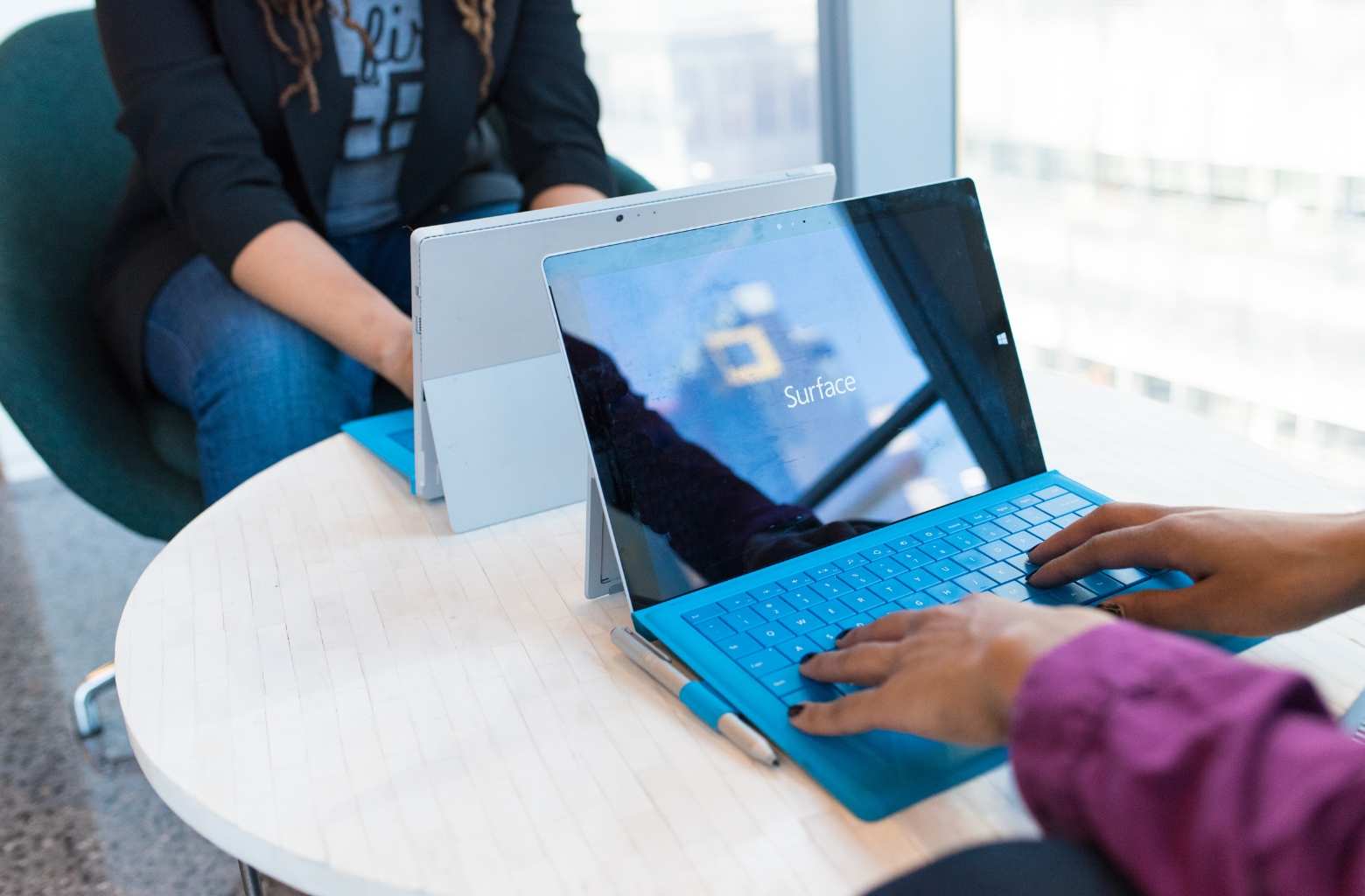This article explains Why Does Windows 10 Shut Down by itself, all the reasons and solutions to fix the issue and stop the shutdowns.
This article explains Why Does Windows 10 Shut Down by itself, all the reasons and solutions to fix the issue and stop the shutdowns.
Below in this post We’ve got the insights and steps to fix unexpected shutdowns in Windows 10. It covers overheating, Fast Startup, outdated drivers and virus threats. Easy to understand and for techies and non-techies.
Let’s get started and find out Why Does Windows 10 Shut Down by itself and get the solutions to have a smooth and uninterrupted computing.
Reasons for Windows 10 Auto Shutdown
The “Why Does Windows 10 Shut Down by Itself” issue can be due to many reasons, each with its own solution and understanding the main culprits is key to fixing this issue.
Overheating
One of the common reasons for unexpected shutdowns is overheating. When your system components exceed their temperature limits, Windows 10 will shut down itself to prevent hardware damage.
Fast Startup
Windows 10’s Fast Startup feature to speed up boot time can cause shutdowns if not set up properly.
Outdated Drivers
Outdated drivers can also cause random shutdowns. These drivers act as middlemen between your hardware and the operating system and when outdated can cause system instability.
Viruses and Malware
Viruses and malware can cause shutdowns by compromising system integrity.
By addressing these common reasons, you can navigate through Why Does Windows 10 Shut Down by Itself and get the solutions. Below in the next sections we’ll go deeper into the prevention and specific solutions for each of the causes.
Overheating Software for Windows 10
Why Does Windows 10 Shut Down by itself is mainly due to overheating prevention. Traditional methods like cleaning and airflow optimization are important but software can offer more defense.
Software Options
Several dedicated tools are designed to monitor and control the temperature of your Windows 10 PC. These software goes beyond the built-in features, provides real-time data of your system’s thermal activity. Let’s check out some of them:
Recommended Software’s for Windows 10 Overheating
- Speed Fan:
- Functionality: Monitors voltages, fan speeds and temperatures.
- Usage: For users who want detailed thermal data.
- Monitor:
- Functionality: Monitors system voltages, temperatures and fan speeds.
- Usage: Comprehensive monitoring with user-friendly interface.
- Open Hardware Monitor:
- Functionality: Monitors temperature sensors, fan speeds, voltages, load and clock speeds.
- Usage: Open-source solution for advanced users.
- Core Temp:
- Functionality: Monitors CPU temperature and other vital info.
- Usage: CPU temperature monitoring, essential for performance optimization.
- Real Temp:
- Notebook FanControl:
Software Limitations
Software to monitor and fix overheating issues has limitations, no one size fits all. If issues persist, seek professional help.
By adding these software to your system maintenance routine you can monitor and manage temp fluctuations and prevent shutdowns. In the next sections we’ll cover other Windows 10 maintenance topics to give you a full picture of system stability.
Update Old Drivers in Windows 10
This section is about Windows 10 shutting down by itself and the role of old drivers in system instability. We’ll go through the steps to update these drivers and improve system performance, and why a stable system is important.
Manual Steps to Update Drivers
- Open Device Manager:
- Right click on the Start button.
- Select “Device Manager” from the menu.
- Find the Old Driver:
- In the Device Manager window, find the driver that needs to be updated.
- Update the Driver:
- Right click on the old driver.
- Select “Update driver” from the menu.
- Follow the prompts to complete the update.
Third Party Software for Automatic Updates
Third party software makes the process of updating drivers easier, more precise but time consuming especially for multiple drivers.
- Driver Booster:
- Automatic driver update tool.
- For users who want a one click solution.
- Driver Easy:
- Simple driver update process with user friendly interface.
- For users who want a straightforward driver management.
- Driver Talent:
- All in one driver update and system optimization tool.
- For users who want an all-in-one driver maintenance tool.
Warning on Third Party Software
While third party software is convenient, be cautious and research before you implement. Choose software from trusted sources to avoid issues. Also manual checks and updates through Device Manager can give you a more hands on driver maintenance.
By being aware of the drivers you can prevent shutdowns caused by old drivers. In the next sections we’ll cover more ways to harden your Windows 10 system against the factors that cause system instability.
Best Antivirus for Windows 10
The question “Windows 10 shuts down by itself” is all about viruses and malware that can cause shutdowns and instability. To protect Windows 10 you need to invest in good antivirus software. Here are three of the best.
Norton 360
- Malware Protection: Protects against spyware, ransomware and adware.
- Web and Phishing Protection: Protects your online activities by blocking malicious websites.
- Extra Features: VPN, parental controls, secure storage and password manager.
- Detection Rate: 100% detection rate on Windows 8, 10 and 11 devices.
Bitdefender
- Cloud Malware Detection: Cloud based malware detection and prevention.
- Low System Impact: Minimal system impact while providing strong protection.
- Anti-Phishing Tools: Tools to combat phishing and protect your data.
TotalAV
- User Friendly: Easy to use for all levels of users.
- VPN and Optimization Tools: VPN and optimization tools for extra security and performance.
- Windows 10 shuts down by itself: Protects against malware, spyware and adware.
Other Antivirus Options
Norton 360, Bitdefender and Total AV are great options but there are many other antivirus options out there. Just explore and choose the one that suits your security needs and preference.
Having a good antivirus on your Windows 10 is important for its stability and to prevent external threats and we will address unexpected shutdowns in the next sections.
FAQs – Why does Windows 10 shut down by itself
How can I check if overheating is causing the shutdowns?
Check your computer’s temperature, clean the internal components, ensure good ventilation, use a stable power source and elevate laptops for better airflow.
What is Fast Startup and should I disable it?
Fast Startup is a Windows feature that can cause random shutdowns. To disable it, go to Control Panel > Power Options > Change what the power buttons do > Change settings that are currently unavailable > Uncheck “Turn on fast startup.”
Can viruses make my PC shut down unexpectedly?
Yes, malware can cause shutdowns. Scan your computer regularly with a good antivirus like Norton 360, Bitdefender or TotalAV.
Do I need antivirus software on Windows 10?
Yes, you need antivirus software to protect your system from malware and to be safe.
What if none of the above works?
If the issue persists, contact a professional technician. There might be hardware issues that need special attention.
Conclusion – Why does Windows 10 shut down by itself
In our journey to answer the question “Why does Windows 10 shut down by itself” we went through the system dynamics and possible causes of shutdowns. Windows 10 is a solid operating system but it can still face issues that manifest as sudden and unexpected power offs. As we conclude this guide let’s summarize the key points and remind ourselves to be proactive.





